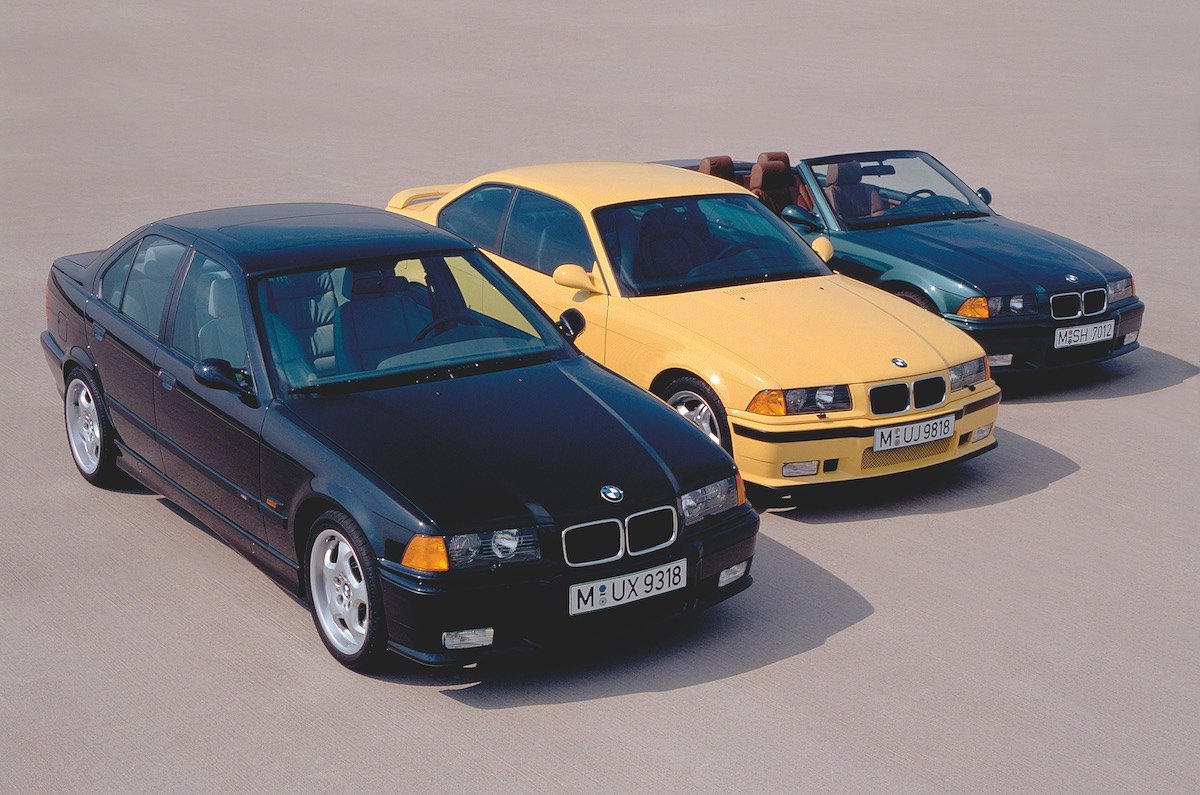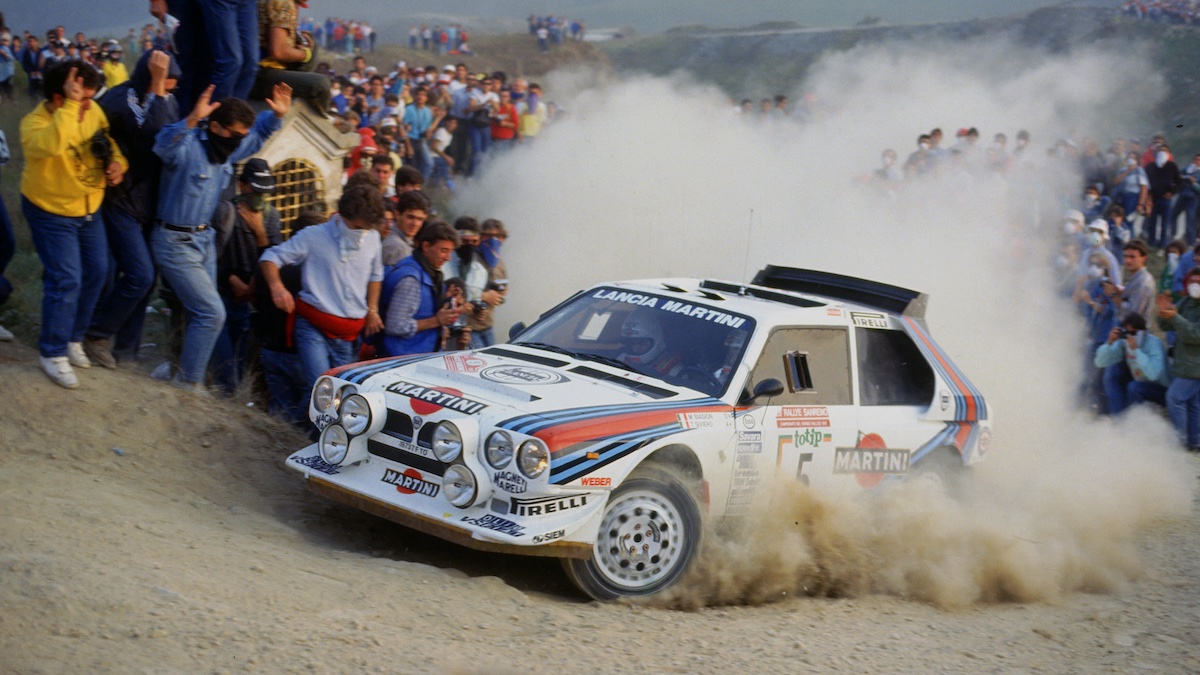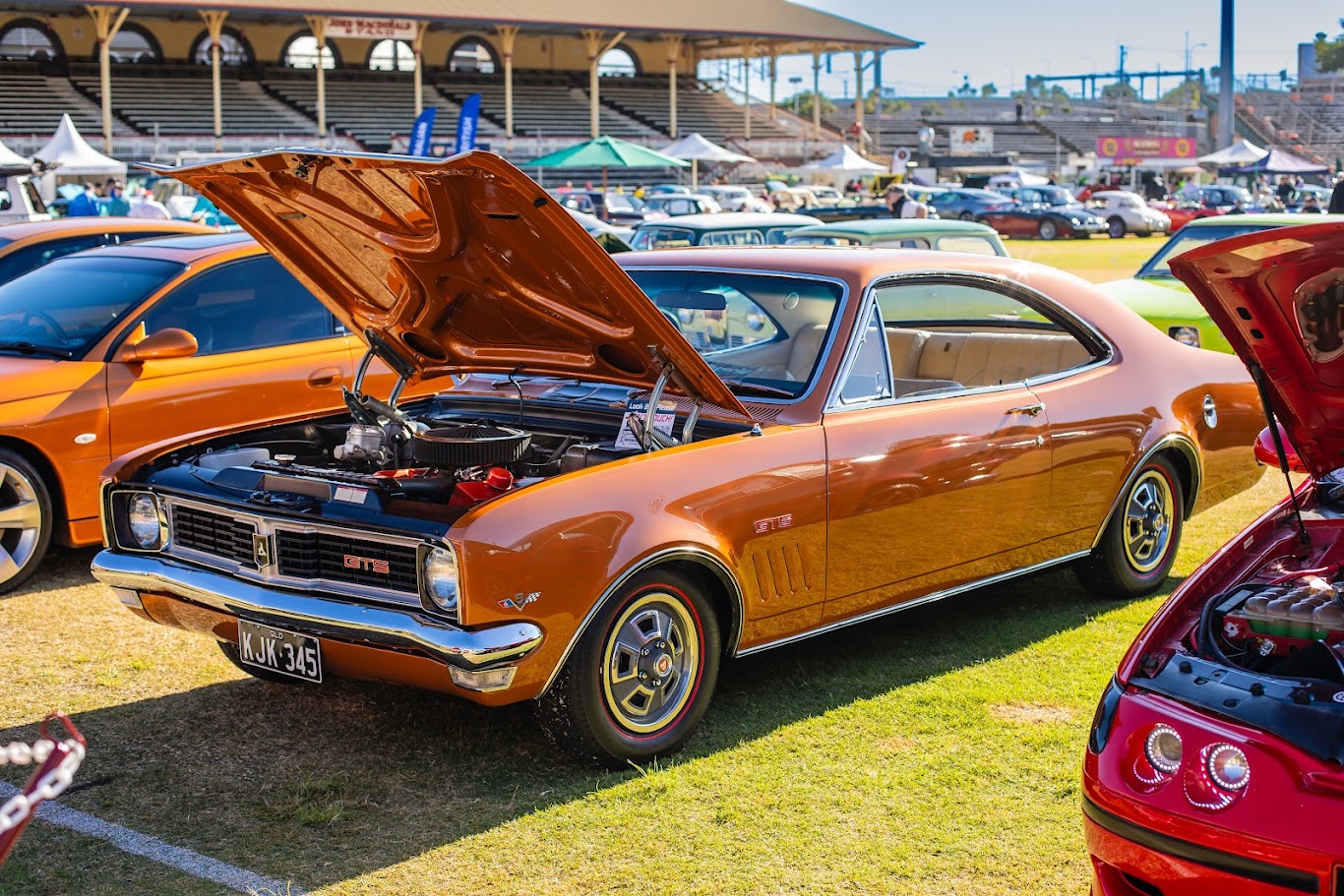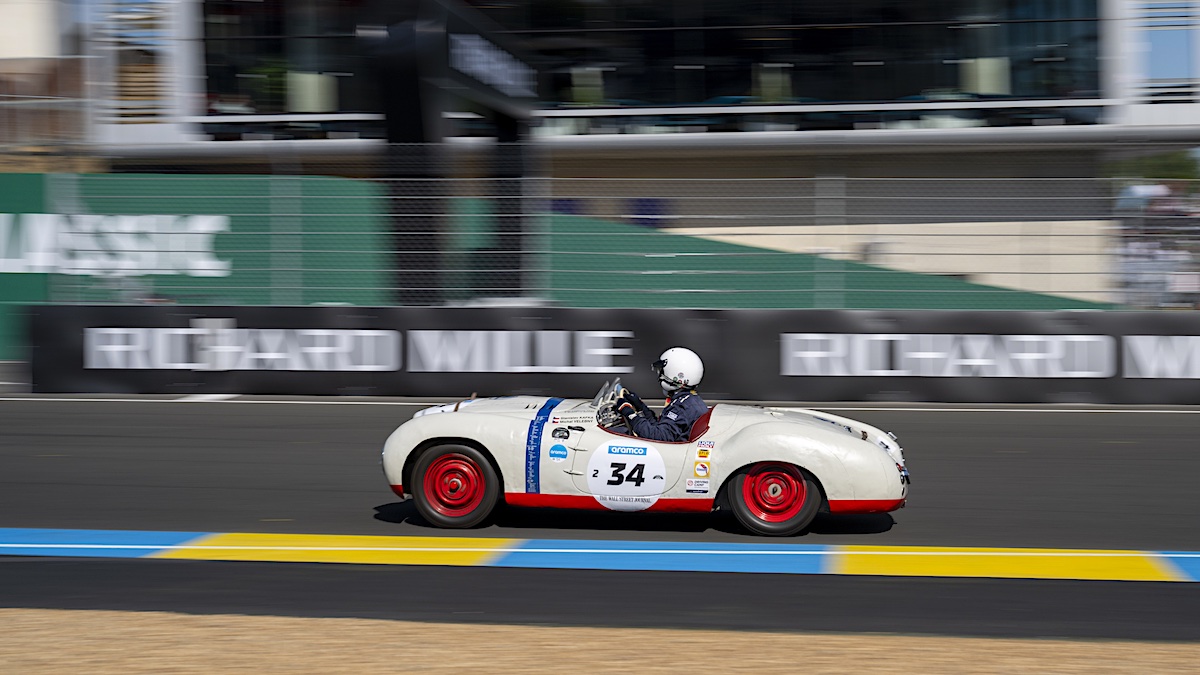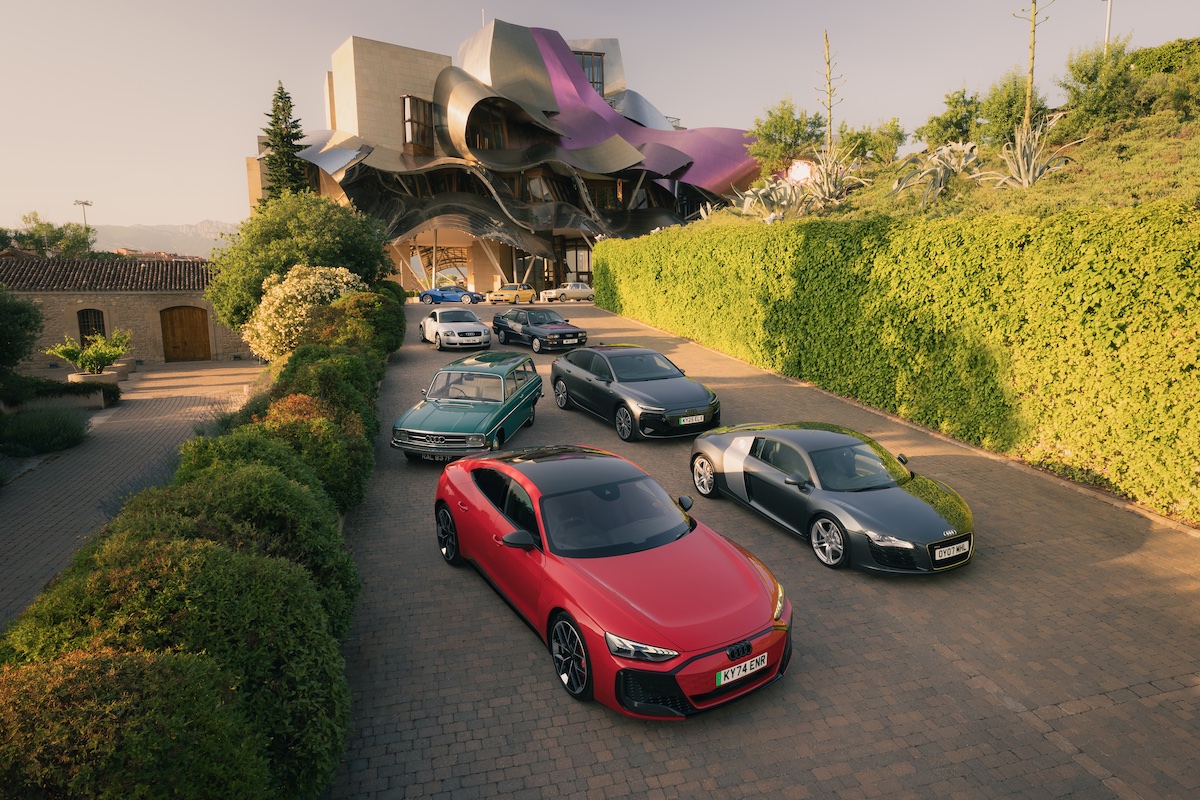The E36 M3 range included sedan, coupe, and convertible body styles
Australians prior to 1994 had only known BMW’s M3 in its role as a Championship-winning, E30-based racing car.
During that year, BMW introduced this country’s first road-spec M3, on a wheelbase 125mm longer than the E30’s and weighing 1460kg. It was based on BMW’s E36 platform, which had been here since 1991, but not with the M3’s extraordinary inline six-cylinder engine.
The 3.0-litre six boasted electronic fuel-injection and variable valve timing to liberate a robust 210kW of power at 7000rpm and 320Nm of torque at 3600rpm.
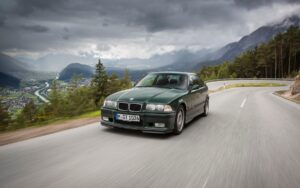
The E36’s smooth straight-six afforded it more flexible performance than its four-pot predecessor
Power was channeled to the wide rear hoops by a five-speed manual transmission, with later models adopting a six-speed manual. From around 1995, a six-speed “SMG” automated manual transmission was also offered, with it known to be clunky at low speed yet able to deliver lightning-fast shifts under hard acceleration.
The syrup-smooth straight-six endowed the E36 with more flexible performance than its four-cylinder E30 predecessor, dispatching the benchmark 0-100km/h in a tick under six seconds and the 400m in 14.1 seconds, on its way to a top speed of 252km/h as tested by Wheels in March 1995.
Prices began at $125,000 and despite the local market being hampered by a persistent recession at the time, BMW delivered 232 Australian-spec M3s during the second half of 1994. A further 95 of the 3.0-litre cars arrived during 1995, followed by another 155 in 1996.
That final year also brought the BMW M3 Evolution, featuring a larger capacity 3.2-litre engine, six-speed manual transmission, revised suspension and wider 8.5-inch rear wheels. Almost 12,000 M3 Evolutions were built during 1996 with Australian versions selling for the same $131,000 sticker price as the five-speed cars they replaced.
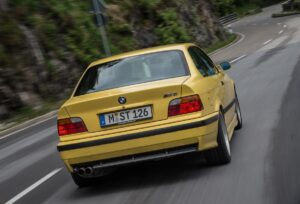
Later examples featured an enlarged 3.2-litre engine, along with a six-speed manual gearbox
Insurance for BMW’s high-performance M3 coupe is best arranged via a broker or specialist insurer as they are likely to offer a more realistic replacement value than mainstream insurers.
Like many classics and modern classics, the price of E36 M3s rose solidly during the COVID-19 Pandemic, but price growth has since slowed. Justifying a high purchase price requires the car to have comprehensive maintenance records and, ideally, to have travelled less than 5000km annually.
BMW E36 3.2-litre coupes in average condition start at around $30,000 but can top $60,000 if in exceptional condition. The earlier 3.0-litre cars in comparable condition can reach as high as $80,000.
Where the future takes these cars depends largely on BMW’s ongoing success as a manufacturer of driver-oriented, rear wheel drive performance coupes. If it follows Jaguar down the all-electric path, older M3s will become emblems of their era and values during the second half of the Century will continue to climb.
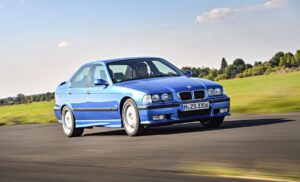
The price of E36 M3s rose solidly during the pandemic pandemonium, but price growth has since slowed
Things To Watch Out for When Buying a Used BMW E36 M3 (1994-1999)
- Poorly repaired accident damage
- Cold start rattles due to worn valve lifters and timing chains
- Misfiring and rough idle due to faults with the VANOS variable valve-timing module
- Gears difficult to engage due to worn selector bushes
- Clutch slip
- SMG semi-automatic transmission prone to electronic glitches
- Worn and warped disc rotors
- Rear control arm bushing failures
- Seat trim faded and driver’s side bolster wear
Valuation Timeline: BMW E36 M3 (1994-1999)
- 1995: $129,600
- 2005: $39,500
- 2010: $29,500
- 2014: $20,000
- 2019: $35,000
- 2024: $57,000 (3.0-litre, 5-speed)
Investment Rating
- 6 / 10

